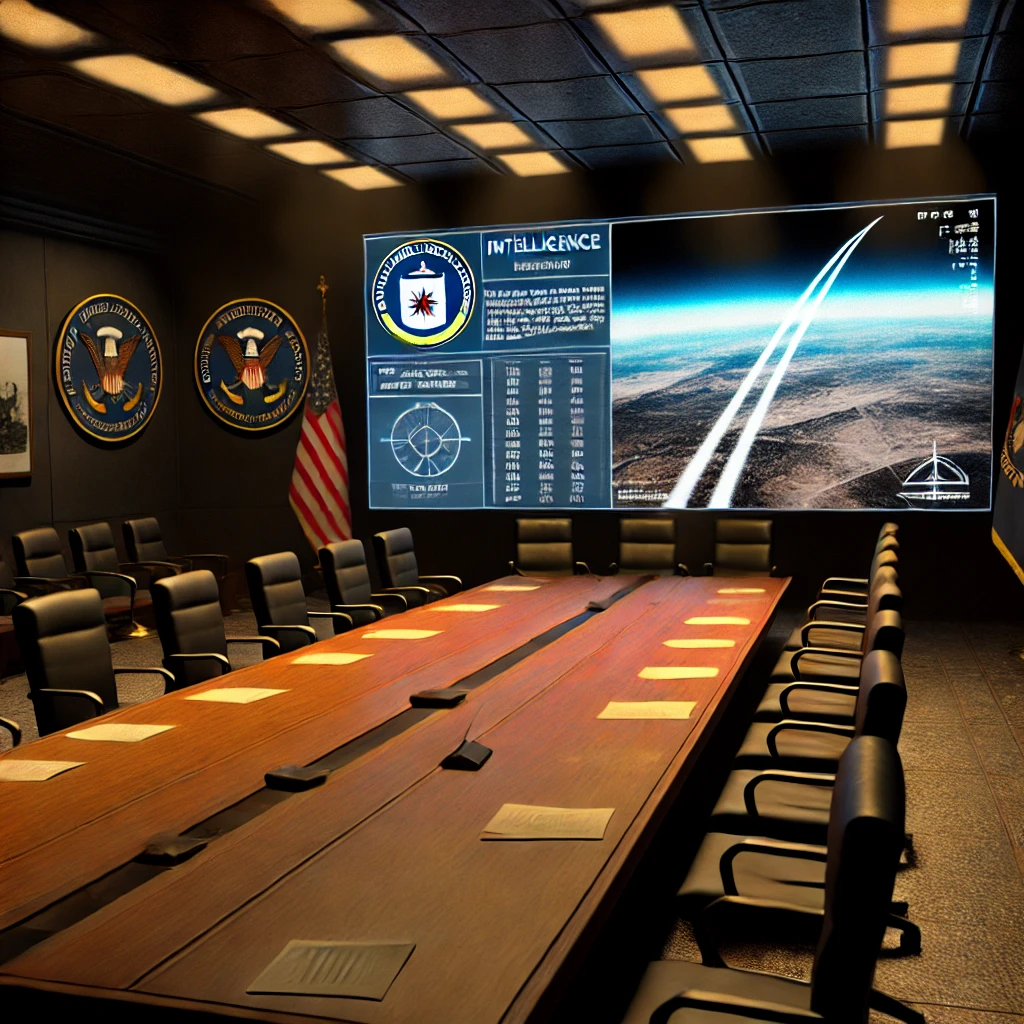UAP Data Gap

The document from Christopher K. Mellon to the House Committee on Oversight and Accountability addresses the challenges and recommendations for closing the UAP (Unidentified Aerial Phenomena) data gap. Mellon explains that he intended to testify at an upcoming congressional hearing on UAPs, but due to scheduling conflicts, he could not attend. Instead, he outlines his primary points for Congress, emphasizing the need for full transparency and accessibility of UAP data, particularly satellite imagery, which has thus far been limited.
The document from Christopher K. Mellon is especially relevant as it precedes a pivotal congressional hearing scheduled for tomorrow, November 13, 2024. This hearing, titled “UAP: Exposing the Truth,” will feature testimonies from key witnesses like Luis Elizondo, Dr. Tim Gallaudet, Michael Gold, and Michael Shellenberger, all of whom are expected to reveal significant information about UAP incidents and government handling of related data. These witnesses will present compelling insights on topics such as the concealment of UAP intelligence, misallocation of funds, and systemic suppression within government agencies. Mellon’s call for transparency aligns closely with these testimonies, underscoring the urgent need for a robust, centralized oversight framework and public accountability, making his recommendations timely and crucial for the hearing’s objectives.

Mellon recounts a specific experience from several years prior when he reviewed an intelligence report with satellite imagery showing a fast-moving UAP. This imagery, he notes, is consistent with previous comments by former DNI John Ratcliffe, who in 2021 mentioned the existence of UAP satellite imagery. Mellon’s review of the report led him to inform Senate Armed Services and Intelligence staff, only for AARO (then led by Dr. Kirkpatrick) to report that it held no record of UAP satellite imagery, highlighting a systemic issue of data inaccessibility.
He stresses that this is not an isolated problem but reflects a broader failure within agencies to provide Congress with critical UAP data, leaving gaps in oversight. Recently, Mellon located and shared this elusive satellite report with Congress, hoping it will lead to a successful request for the data. He is working alongside Admiral Gallaudet to address related questions in the upcoming hearing.
Mellon underscores the importance of investigating UAP incidents due to their potential overlap with national security threats, particularly given the parallels between UAP “drone” intrusions and similar activity around military sites and in the context of the Ukraine conflict. The significance of this issue, he argues, cannot be overstated, especially as AARO enters a new phase under fresh leadership. Mellon is optimistic that this change in leadership will enable better cooperation with Congress and urges them to prioritize cooperation among agencies, particularly highlighting the Air Force and CIA. He points out that, despite tracking numerous “uncorrelated tracks” each year, these incidents are seldom reported to AARO.
In his closing remarks, Mellon implores Congress to ensure that AARO has access to all relevant UAP data, specifically satellite imagery, which represents just one instance of information that has been withheld. He argues that full inter-agency cooperation is essential for a comprehensive investigation and oversight, which will allow Congress and AARO to reach an accurate understanding of UAP phenomena and address the national security implications they may pose.


